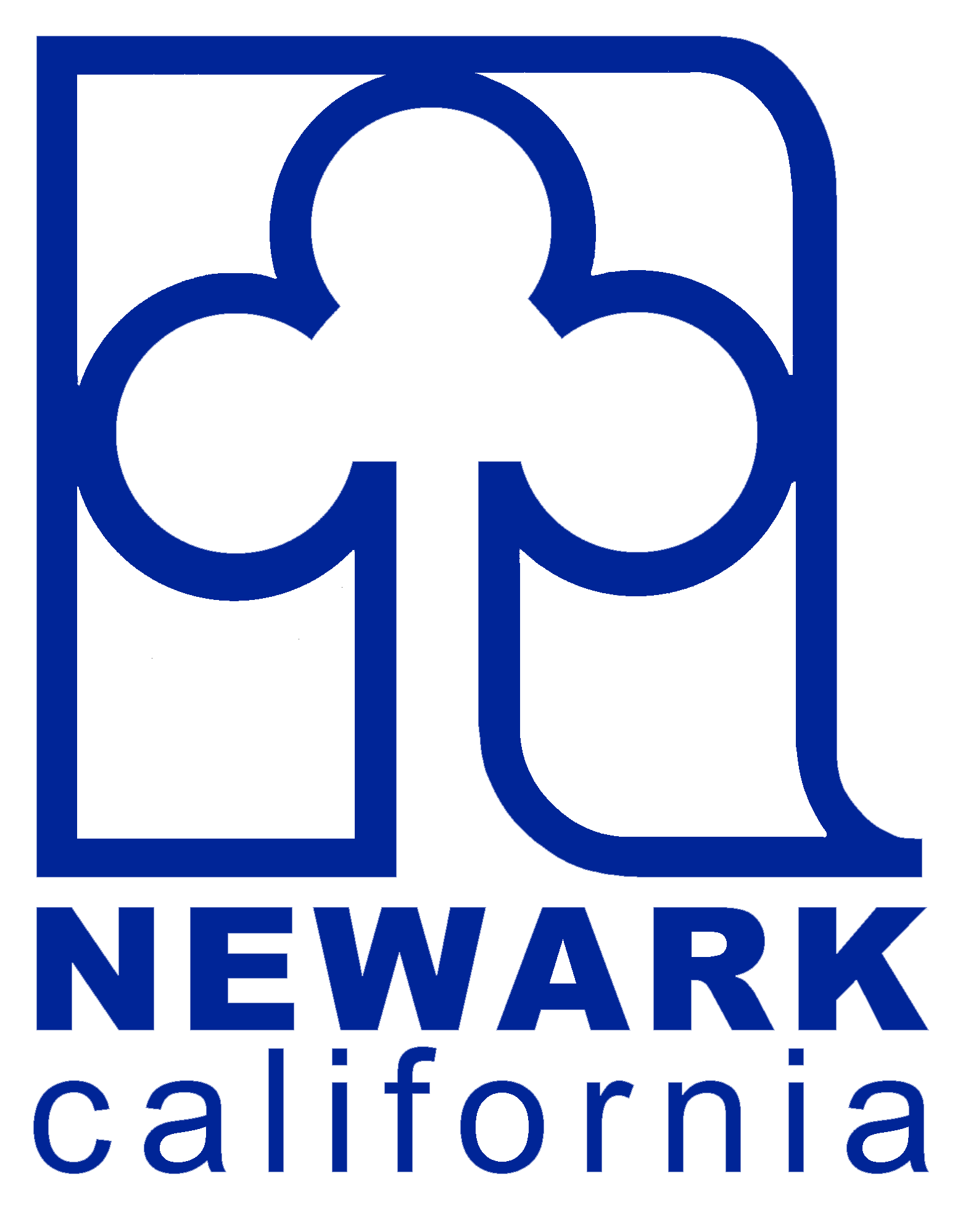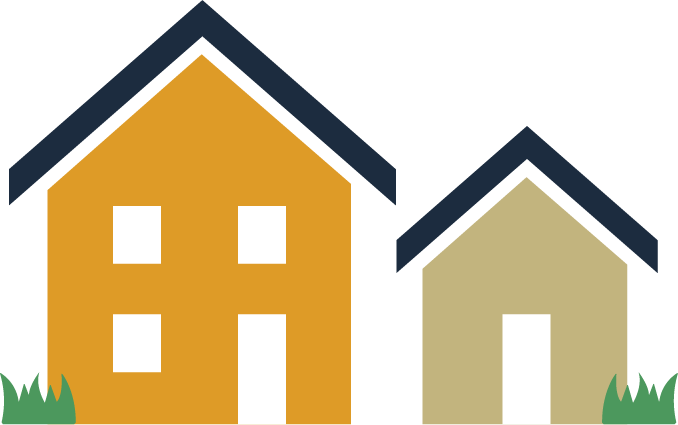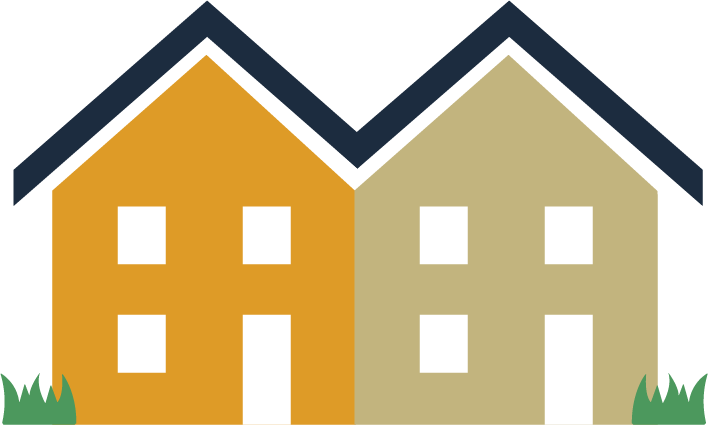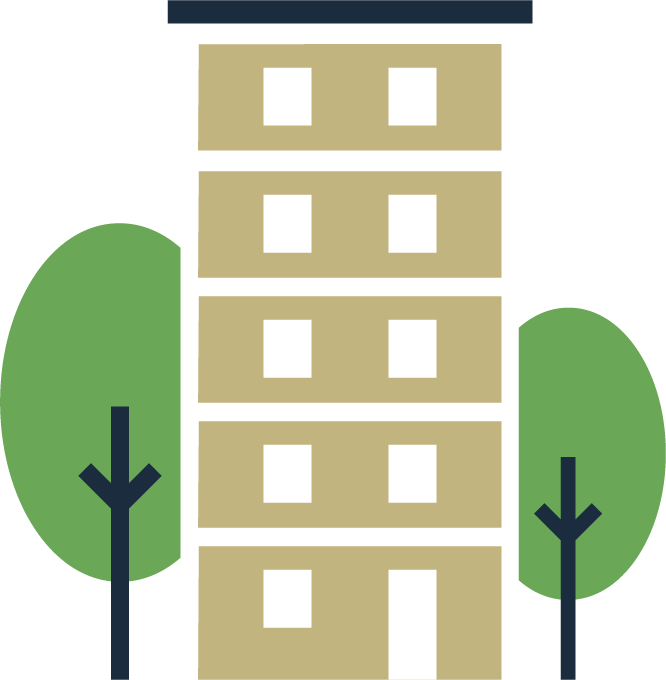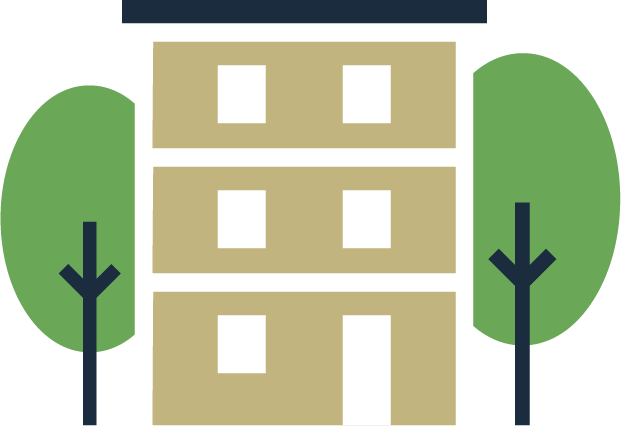What is the Housing Element that we are part of shaping?
Our region is struggling with the availability of affordable housing because of policies and decisions made in the past. The Housing Element update is an opportunity to address what’s happened before and change course, based on what a community needs and values now.
WHAT
Every city, town and county has a General Plan guiding all the ways they are planned and managed, from roads and sidewalks to parks and neighborhoods. One very important chapter of the General Plan is the Housing Element – the plan for all housing needed in a community. Local governments don’t build housing, they do create the rules that shape where housing can be built, what types and how much, and all this lives in the Housing Element.
With an update required every eight years by the State of California, this Housing Element update will create a plan for the types and number of homes needed by 2031.
HOW
The state provides a target for how many homes to plan for that is required by state law. They look at several factors like how many jobs there are, population, and new jobs and people we are expecting, then assign each region a number called the Regional Housing Needs Allocation or RHNA (pronounced ‘ree-nah’).
It is then up to the region, and in our case, the Association of Bay Area Governments (ABAG), to decide how much each city, town and county is responsible for based on their size, jobs and how they are expected to grow by 2050, according to Plan Bay Area. To learn more about how they did this, visit here. Almost all cities in the Bay Area have a significantly higher target this RHNA cycle than in the past.
OUR RESPONSIBILITY
Over the next year, staff will seek a lot of input from the community while they work on studies to understand housing needs. There will also be new considerations for fair housing and environmental justice. All this will go into developing programs and policies, the heart of every Housing Element.
Once a Draft Housing Element is ready, it will be released for public review and discussed at community, Council, and Commission meetings. Once a final Housing Element is ready, it will be adopted locally and submitted to the state for certification that is compliant with state housing laws.
THE PLAN
After the Housing Element has been certified by the state it will then be a part of the General Plan – informing the housing policy and programs in your city or town over the next 8 years.
While there is now a plan to meet the target RHNA number, remember that because cities and towns do not build housing themselves, there is no guarantee all the housing planned for will be built. That will be up to the market. However, the Housing Element will ensure it is possible and create a path forward for housing to be built.
The Process
What's RHNA?
RHNA is a target number of housing to plan for in every community.
Before a Housing Element is updated, the state provides a target for how many homes to plan for in every city, town and county that is required by state law.
They look at several factors like how many jobs there are, how close people live to their jobs and schools, population, and how many new jobs and people we are expecting. It can help to think of it as:
They then assign each region a target number of how much housing to plan for called the Regional Housing Needs Allocation or RHNA (pronounced ‘ree-nah’). It is then up to our region, and in our case, the Association of Bay Area Governments (ABAG) to decide how much of the regional need should be met by each city, town and county, based on their size, their jobs and how they are expected to grow by 2050, according to Plan Bay Area. To learn more about how they did this, visit this page.
Almost all cities in the Bay Area have a significantly higher target this RHNA cycle than in the past. Newark’s Regional Housing Needs Allocation (RHNA) this cycle is 1,874 compared to 1,078 in the last cycle.
City of Newark Draft RHNA 6 Housing Allocations for Planning, January 2021
| Income Category | Newark Units | Newark Percent | Alameda County Units | Alameda County Percent |
|---|---|---|---|---|
| Very Low Income (up to 50% AMI) | 464 | 24.80% | 23,608 | 26.50% |
| Low Income (51-80% AMI) | 268 | 14.30% | 13,591 | 15.30% |
| Moderate Income (81-120% AMI) | 318 | 17.00% | 14,438 | 16.20% |
| Above Moderate Income (121 AMI+) | 824 | 44.00% | 37,362 | 42.00% |
| Total | 1,874 | 100.00% | 88,999 | 100.00% |
What goes into a Housing Element?
A lot goes into developing a Housing Element.
Over the next year, cities, towns and counties will want to hear from community members about what they need, their concerns, what they love and want more of, and their thoughts on specific questions.
Several studies and analyses will also happen, like how much housing there is now, population and jobs, any issues that will make housing in certain areas hard to develop, and a review of existing goals, policies and programs. The target RHNA number will be kept in mind.
There will also be new considerations for fair housing laws – to address discrimination and segregation in housing – and environmental justice – to reduce health risks and address the needs of disadvantaged communities.
Policies and programs will then be developed, followed by a Draft Housing Element.
How does a housing element get approved?
A Final Housing Element has to be approved by the State.
Once a Draft Housing Element is ready, it will be released for public review and discussed at community, Council, and Commission meetings. Once a final Housing Element is ready, it will be adopted locally and submitted to the state for certification that is compliant with state housing laws.
After it is certified it will then be a part of the General Plan – informing the housing policy and programs in Newark over the next 8 years.
While there is now a plan to meet the target RHNA number, remember that because cities and towns do not built housing themselves, there is no guarantee all the housing planned for will be built. That will be up to the market. However, the Housing Element will ensure it is possible and create a path forward for housing to be built.
What happens if a housing element isn't approved?
Housing Element Updates are required by State law.
Cities, towns and counties are required to develop a housing plan that meets or exceeds state law.
There are big consequences to jurisdictions that don’t submit a Housing Element update that complies with state law. This can include paying monthly fines and fees and being disqualified from state grants, as well as having a court issue an order mandating that the jurisdiction complies anyway. A court could also remove the ability of a city, town or county to make their own land-use decisions, require the inclusion of affordable units and/or enforce a moratorium on all permits until compliance has been met.
What's the timeline?
A Final Housing Element will be adopted around January 2023.
Here is an overview of the general timeline:
During early 2022 there will be a lot of community outreach
Newark will simultaneously be assessing what happened since the last update and developing a draft, informed by studies, your input and state law
A draft will be released during the spring of 2022 for public review
Public hearings with Newark’s planning commission and Council and an initial review by the state will be in the fall of 2022
After edits have been made, a final draft will be adopted by the Council and submitted to the state for final certification in January 2023

Timeline for This Work
Below is a general timeline for the Housing Element update work over the next two years.
2022
Newark works on its Housing Element update
Newark will evaluate its existing Housing Element, look at local housing needs, examine constraints on housing production, and develop their plan for ensuring adequate sites for new housing as well as supportive policies for helping make sure it gets built. They will also look at issues such as housing preservation and specific local housing needs and opportunities.
Newark will undertake extensive community outreach virtually and in-person during this phase so that you can help shape the draft of the Housing Element update.
Spring 2023
Draft Housing Element for review by public
Newark will share its draft Housing Element and related proposals - like rezoning, changes to development standards, and the Environmental Impact Reports (EIRs) - with the public for their feedback.
fall 2023
Public hearings with Council and Commission
Newark will hold its Council and related Commission meetings to finalize its Housing Element. This is also when the State of California reviews Newark’s draft Housing Element to make sure it meets state law requirements.
december 2023
Adopt final Housing Element
Newark’s City Council will adopt the final Housing Element and submit it to the State of California for final certification.
You can help us shape the future of housing in the places you live, work, and love.
Housing Challenges and Solutions
The cost of housing in the Bay Area has been rising over the past decade making it difficult for residents and workers to find housing that is affordable. The Housing Element Update provides Newark with a unique opportunity to find proactive solutions to build a more inclusive and affordable future for everyone.
CHALLENGES
The Bay Area is a great place to live.
But within Newark, there just isn’t enough housing for all income levels.
Newark will need to plan for 1,874 housing units for the eight-year period between 2023 to 2031. More housing is needed to keep things in balance, and not having enough housing across all incomes has meant rents and prices are higher.
More and more, purchasing a home is out of reach for many working and middle-class families while renters face rent prices that are just too high.
Teachers, firefighters, health care, and other essential workers are traveling long distances to work or being forced to relocate to other cities.
Young adults and students - including your children and grandchildren - are unable to purchase homes or even live in the communities they grew up in once they leave their childhood homes.
Communities of color and non-English speakers – who make up the majority of our community members living in overcrowded and unsafe conditions – can’t afford to be near their jobs, school, or families.
A diversity of homes at all income levels creates opportunities for everyone – across all ages, races, backgrounds and abilities – to have a safe, healthy and affordable home where they can live and thrive.
The shortage of affordable homes impacts all of us. That’s why now is the time to participate in conversations and plan together for current and future housing needs in all our communities.
SOLUTIONS
More affordable housing of all types and sizes can help ensure that Newark meets the housing needs of everyone.
There is a lot of housing between large, single-family homes and apartment complexes that have been here all along.
Many types of housing are possible in your community and likely already exist in your neighborhood. You might live next to one, in one, or pass by one every day.
Historically, these types of homes were frequently built, but somewhere along the way, became less common in favor of single-family homes.
Creating more housing—and more diverse housing choices—means:
Young families can find an affordable starter home
Young adults moving out of their childhood home and into the housing market can stay in the cities they grew up in
Our aging population will have more options for retirement, including downsizing, providing housing for on-site health or home care, and staying in their communities
Workers - teachers, firefighters, health care workers, essential workers - can find homes near job centers (which will reduce traffic!)
Your children and grandchildren can stay near you in the communities they feel a part of
More people will have more opportunities, across incomes, to rent or own homes in the places they live, work and love
